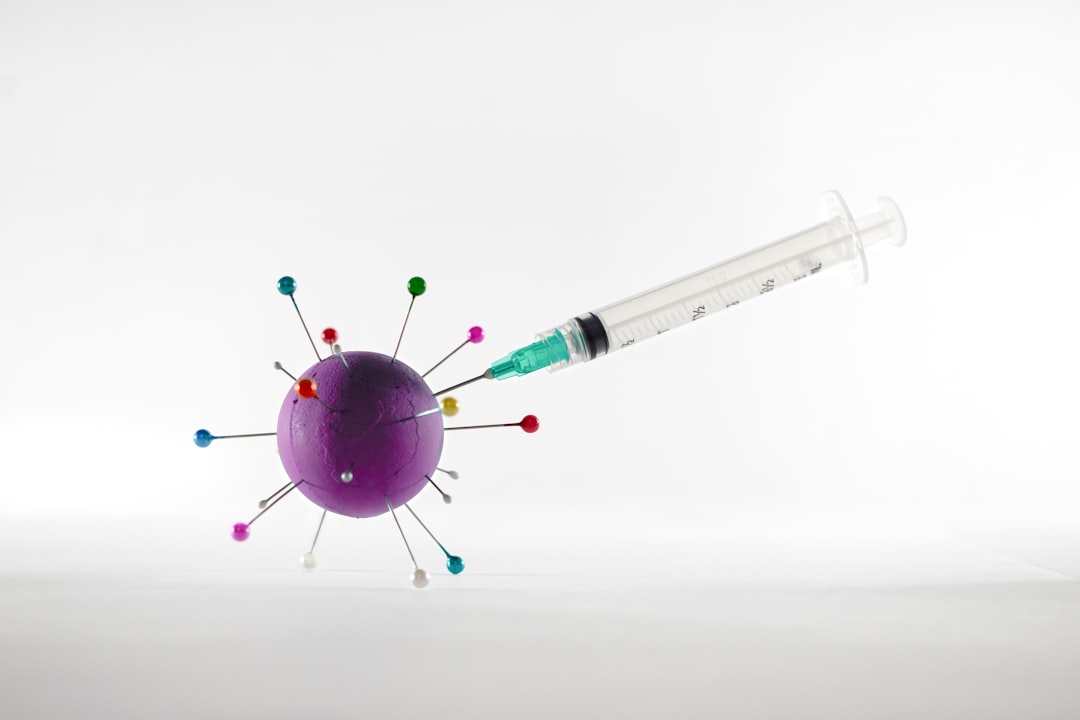What is it about?
We formulate a flexible micro‐to‐macro kinetic model which is able to explain the emergence of income profiles out of a whole of individual economic interactions. The model is expressed by a system of several nonlinear differential equations which involve parameters defined by probabilities. Society is described as an ensemble of individuals divided into income classes; the individuals exchange money through binary and ternary interactions, leaving the total wealth unchanged. The ternary interactions represent taxation and redistribution effects. Dynamics is investigated through computational simulations, the focus being on the effects that different fiscal policies and differently weighted welfare policies have on the long‐run income distributions. The model provides a tool which may contribute to the identification of the most effective actions toward a reduction of economic inequality. We find for instance that, under certain hypotheses, the Gini index is more affected by a policy of reduction of the welfare and subsidies for the rich classes than by an increase of the upper tax rate. Such a policy also has the effect of slightly increasing the total tax revenue.
Featured Image
Why is it important?
Because economic inequality is an issue of great concern. Important aspects of this article are its timeliness and the novelty of the mathematical approach.
Read the Original
This page is a summary of: Microscopic models for welfare measures addressing a reduction of economic inequality, Complexity, March 2015, Wiley,
DOI: 10.1002/cplx.21669.
You can read the full text:
Contributors
The following have contributed to this page










